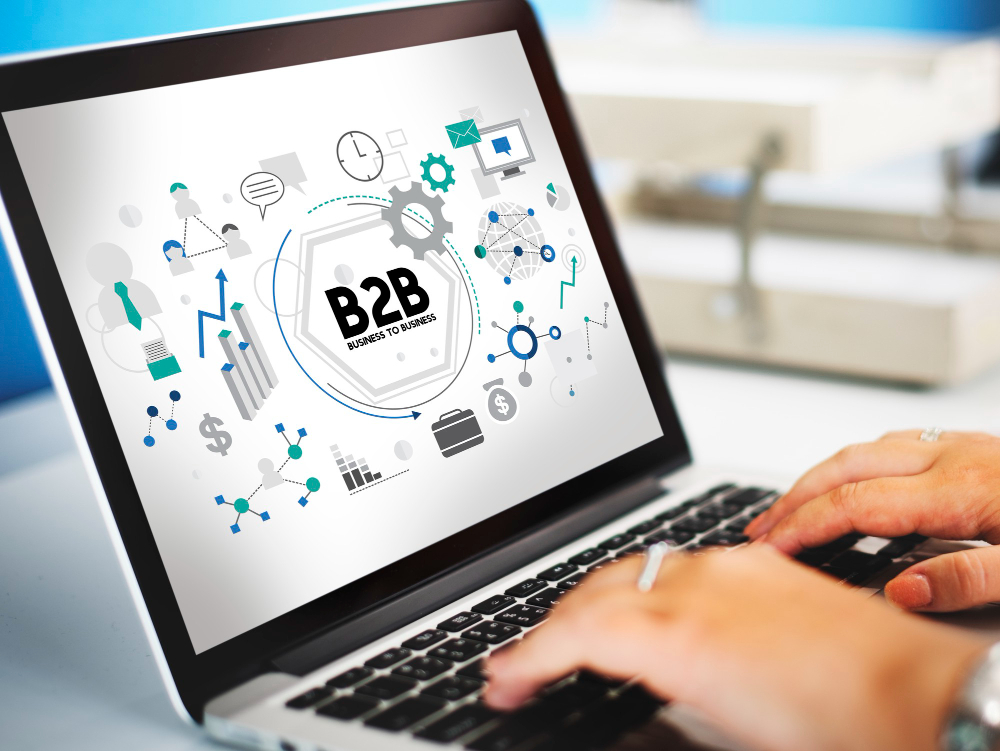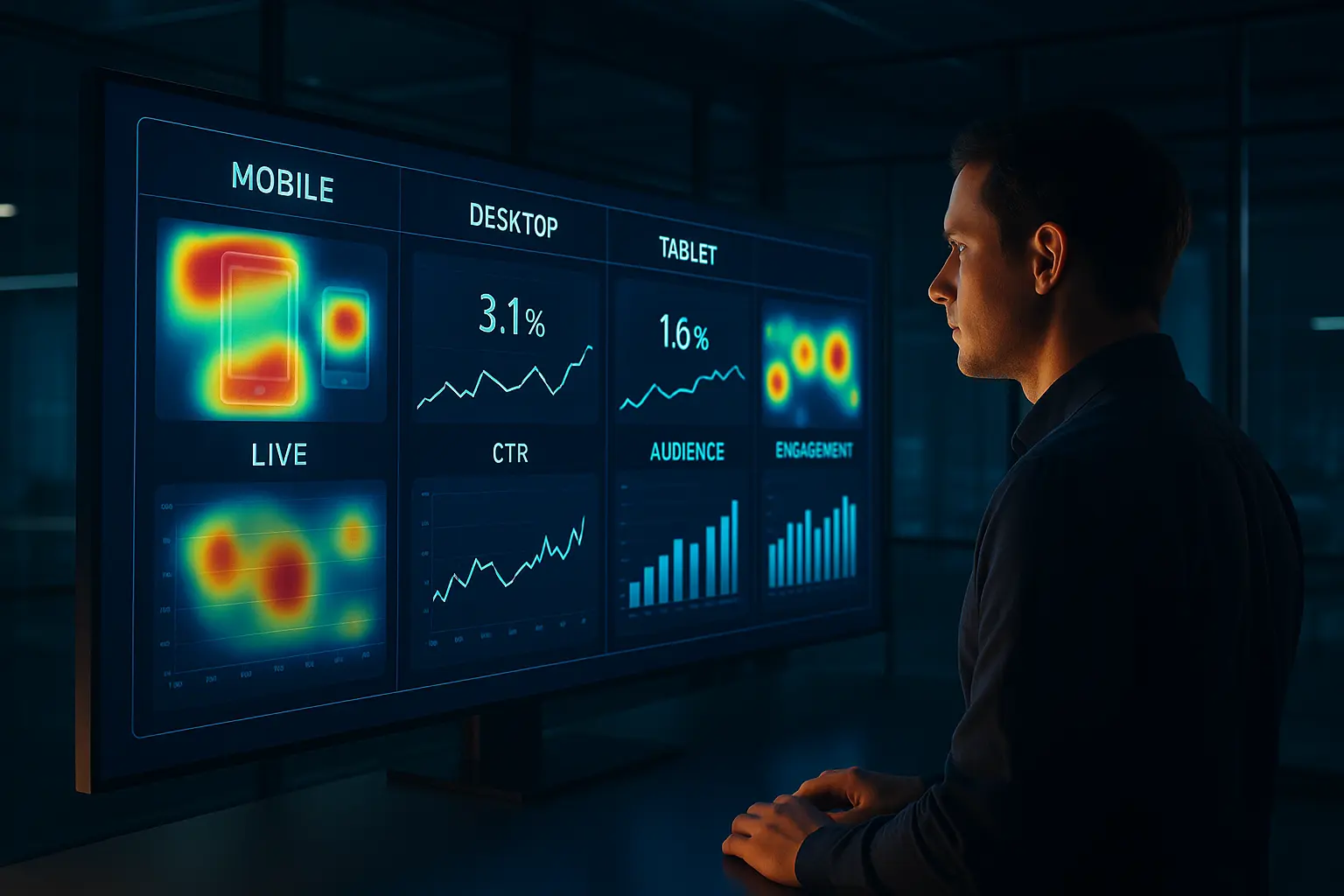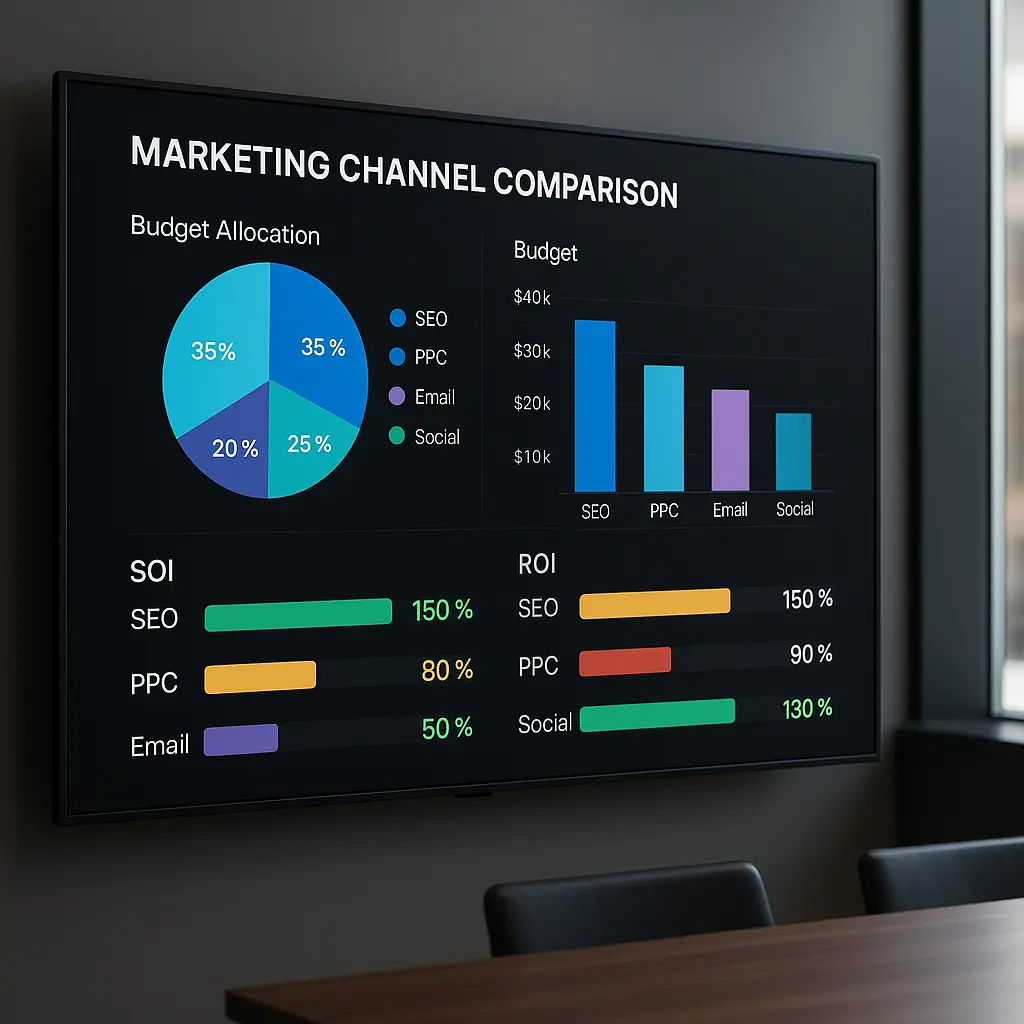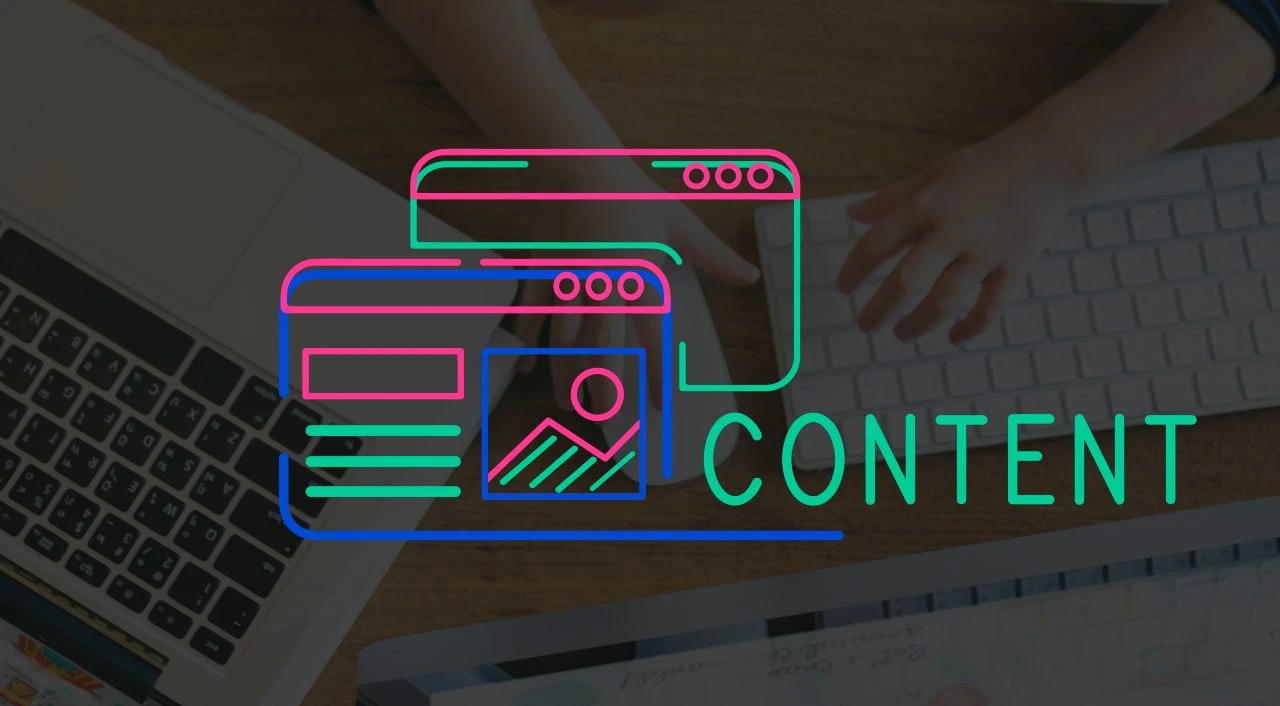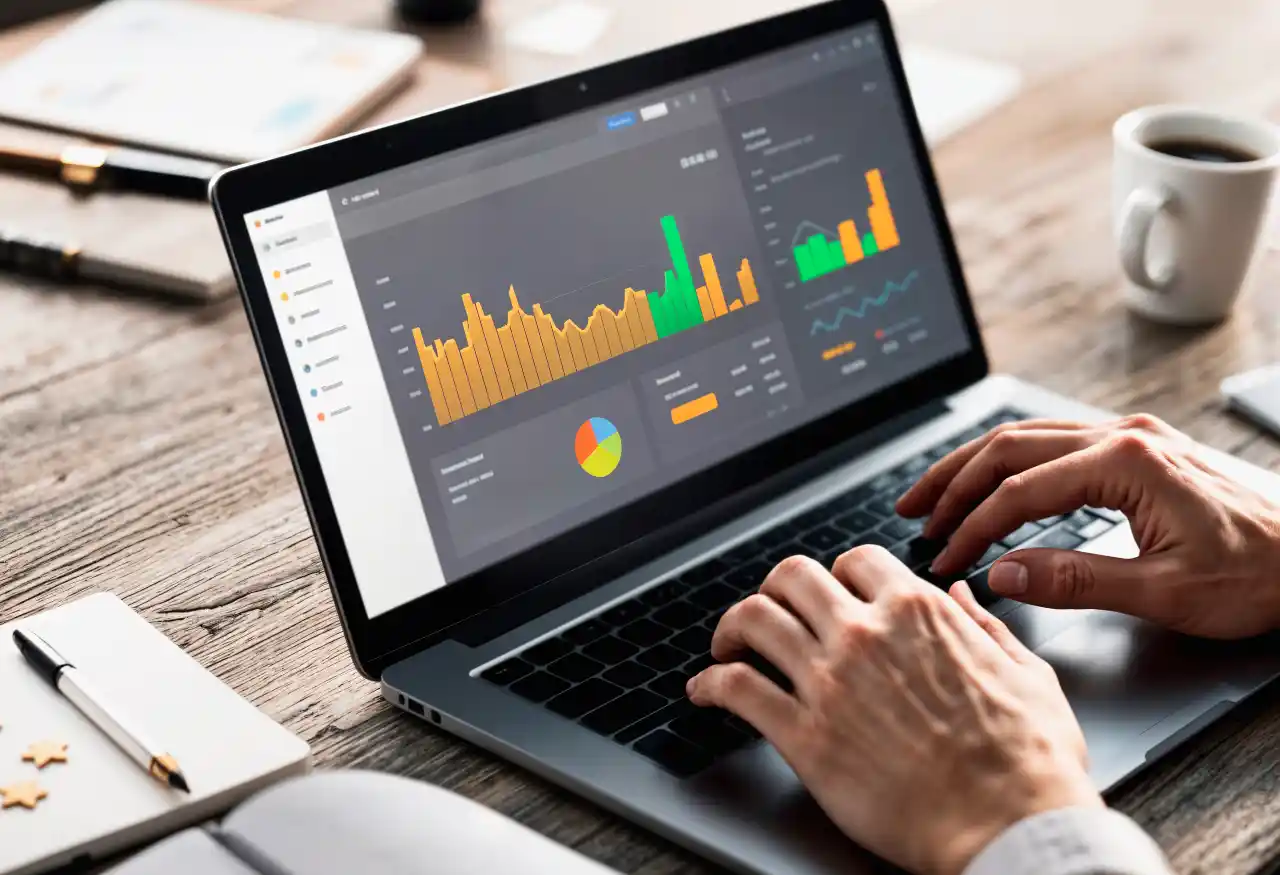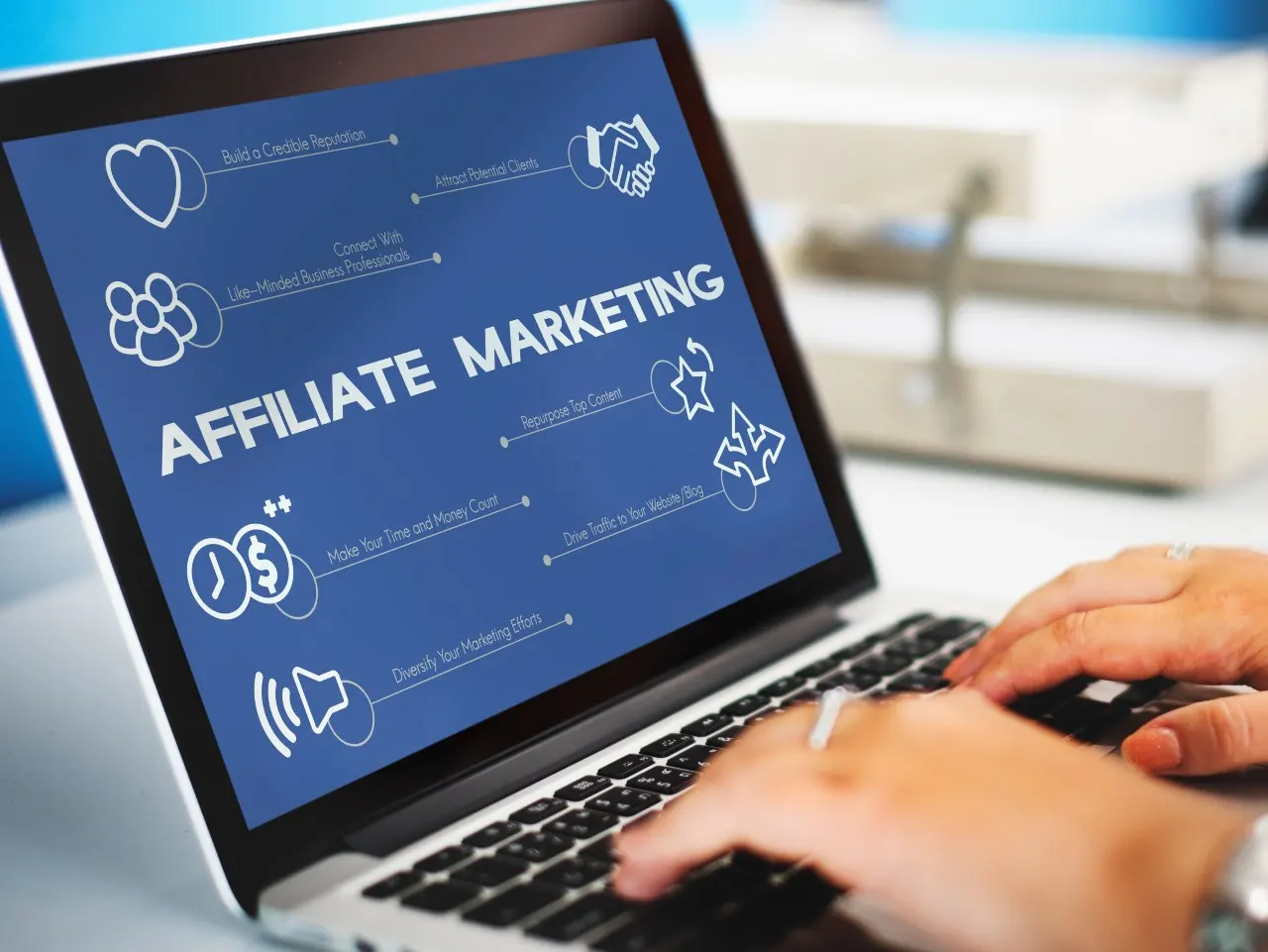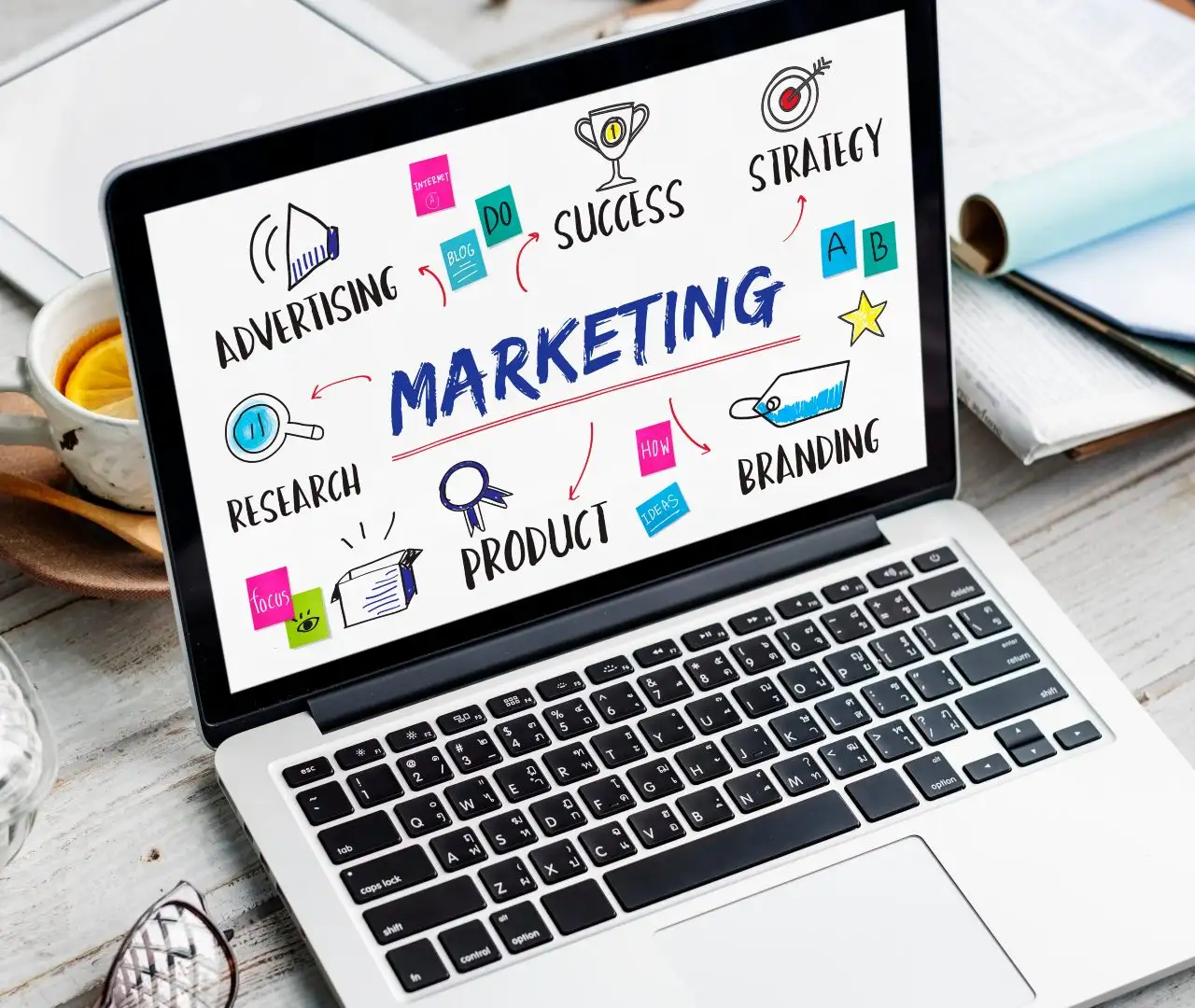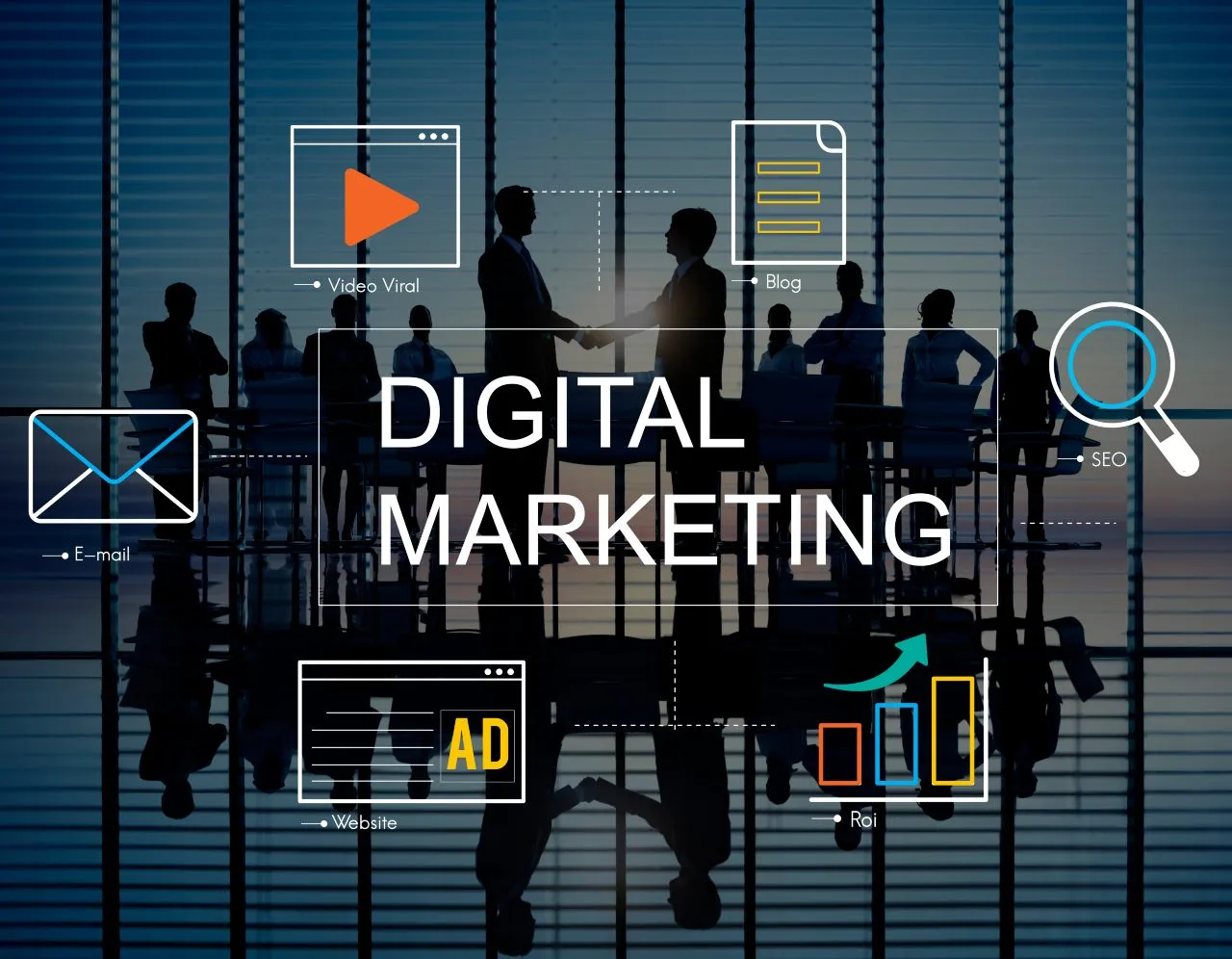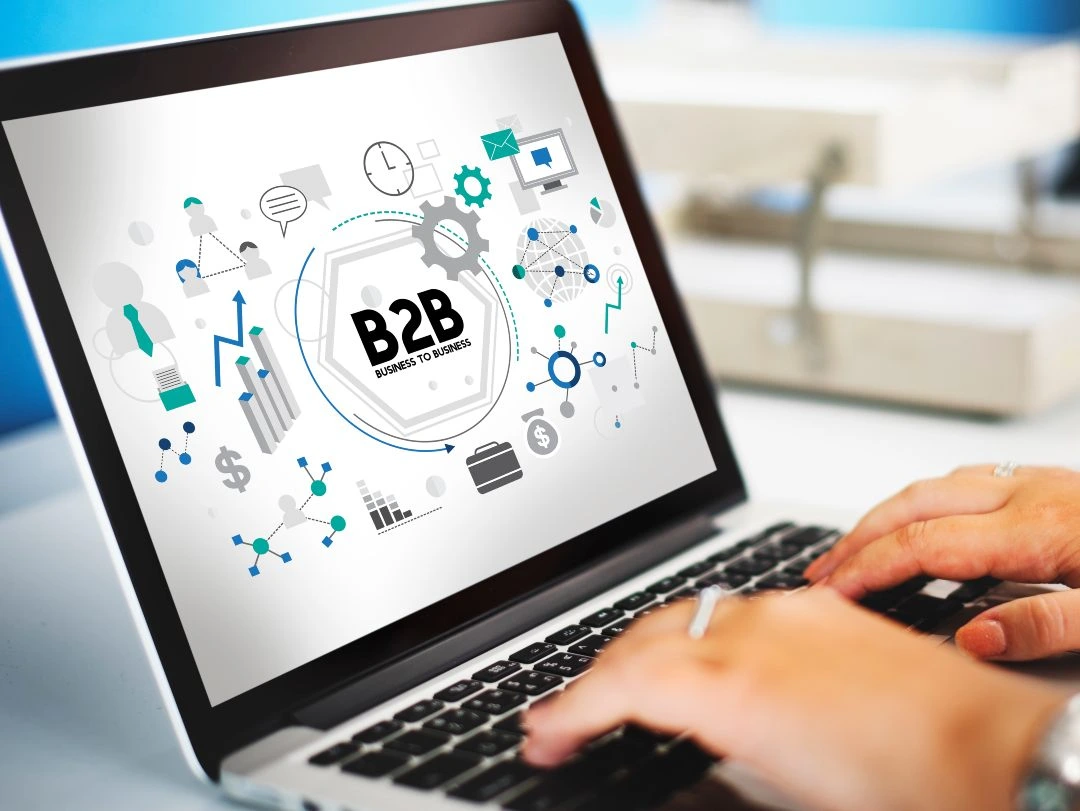Listen to article
Are you trying to stay ahead of the curve in today’s fast-evolving marketing landscape? Understanding the latest marketing attribution trends is critical for optimizing your strategies and maximizing ROI. But with increasing data privacy regulations and rapidly advancing technologies, how can marketers effectively measure their campaigns’ success?
The key lies in adapting to the evolving digital ecosystem. From leveraging AI to enhance personalization to prioritizing first-party data and optimizing for mobile-first customer journeys, the future of marketing attribution is data-driven and customer-centric.
In this data-informed perspective, we’ll explore the key trends shaping marketing attribution, the challenges marketers face, and actionable strategies for success. Let’s dive in!
AI’s Transformative Role in Data-Driven Attribution & Hyper-Personalization
With marketing budgets under more scrutiny than ever, the pressure is on for brands to justify every dollar spent. AI has emerged as a linchpin, equipping teams with granular insights that were previously out of reach—shifting attribution models from gut-instinct to data-driven precision. The landscape isn’t just changing fast; it’s being rewritten as AI enables marketers to both dissect the customer journey and personalize at scale, simultaneously.
- Increased Investment in AI: Over half of all marketers are planning to increase their investment in AI in the coming year. Source
- AI for Social Media Content: More than a third of marketers (35%) are utilizing AI tools to enhance their social media posts. Source
- AI-Driven Customer Understanding: One in four marketers (25%) are using AI to gain deeper insights into their customer base and refine their target audience. Source
- AI-Powered Ad Platforms: Major platforms like Google Ads are using AI to streamline ad processes. Google’s Performance Max campaigns use AI to identify new converting queries and generate relevant ads. Source, Source
- Generative AI Ad Solutions: Microsoft is also integrating generative AI into its advertising solutions, offering features like Conversational Ad experiences and Ads for Chat API. Source
- AI is revolutionizing digital marketing by streamlining operations and improving customer experiences. Source
- AI will play a critical role in personalizing online content, analyzing customer data, and automating campaigns. Source
- AI-powered marketing platforms offer a granular understanding of what drives customers to act, enabling marketers to tweak messaging and identify emerging trends. Source
- Marketers can use AI to optimize campaigns in real-time, predict consumer behavior, and streamline time-consuming processes. Source
- AI-driven insights enable marketers to track engagement, sentiment, and consumer preferences with unprecedented precision and speed. Source
As attribution demands greater accuracy and personalization becomes the new standard, AI stands out as the ultimate differentiator. The real competitive edge lies in combining AI-driven insights with creative strategy—allowing marketers to dynamically adjust campaigns, spot new opportunities, and deliver experiences that genuinely resonate on an individual level.
Pro Tip:
Start by integrating AI-driven analytics tools with your existing CRM or ad platforms. This approach enables you to map attribution paths more accurately and personalize messages using real-time behavioral data—giving your campaigns both agility and relevance.
Embracing a Privacy-First Future: Data Quality, Governance, and the First-Party Advantage
With regulatory scrutiny tightening and consumers growing less tolerant of opaque data practices, the marketing industry’s appetite for reliable and privacy-compliant data has never been more apparent. The gradual sunset of third-party cookies isn’t just a technical shift—it’s a wake-up call for brands to truly understand their audiences by developing direct, trust-based relationships. The opportunity is ripe for marketers to not only comply, but to differentiate themselves through transparency and superior data stewardship.
- A strong data management strategy is essential for B2B marketers in 2025, enabling them to navigate growing privacy concerns, stricter data regulations, and the rise of generative AI. Learn more
- Many marketers are shifting their focus to first-party data collection, directly gathering insights from consumers through surveys, customer feedback, and analytics tools, reducing their reliance on third-party tracking methods. Explore the trend
- The decline of third-party cookies has elevated the importance of first-party data, content marketing, and email marketing for B2B marketers. Discover more
- Maintaining brand credibility and customer loyalty requires a commitment to the responsible use of data and a strong emphasis on social responsibility. See why
- First-Party Data for Higher Quality Leads: With increasing competition in the ad space, marketers are turning to first-party data to ensure higher quality leads, with Google’s enhanced conversions feature using this data to improve bidding strategies. Read how
- Consumer Concerns About Data Privacy: Consumers are increasingly concerned about data privacy, and regulations such as GDPR and CCPA are influencing how marketers gather and use data, making privacy-first marketing essential in 2025 to maintain consumer trust. Learn more
- The Move Away from Third-Party Cookies: Although Google has paused its plans to fully eliminate third-party cookies, the company is shifting responsibility to consumers by implementing a consent-based cookie model, suggesting that the deprecation of third-party cookies is still likely to occur in some form. Get the details
- Reluctance to Embrace Cookie-Free Targeting: Over 40% of marketers report that they are not planning to implement cookie-free targeting strategies. See the data
- Limited Adoption of First-Party Data Collection: Only a quarter of marketers (25%) are planning to focus on collecting first-party data as a replacement for third-party cookies. Read the report
- According to LinkedIn, 70% of marketers report having the right technology to measure their marketing activities. See the research
- 82% of marketers possess the necessary marketing data to effectively demonstrate their impact to the C-suite. Review the data
Rather than resisting the inevitable shift, forward-thinking marketers are building their own data moats—prioritizing consent, transparency, and data quality to drive more resilient campaigns. While some remain hesitant to leave behind cookies, those who double down on first-party strategies and robust governance will set themselves apart, cultivating loyalty and compliance in one sweep. The marketers who invest in meaningful customer relationships today will be the ones with a richer pool of trusted data tomorrow.
Pro Tip:
Future-proof your marketing by embedding first-party data collection touchpoints into every customer interaction—from email sign-ups to loyalty programs and personalized surveys. Complement these efforts with investments in data management platforms to unify and validate your data, and always put transparency at the core of your privacy messaging. This dual approach will ensure your data remains both actionable and trusted, giving you a substantial edge as the landscape continues to shift. Businesses looking for a more holistic approach to their campaigns can also consider full-service marketing to align their strategies with evolving privacy standards and data-driven practices.
How Mobile Is Shaping Multi-Touch Attribution and Consumer Behavior
Smartphones have become more than just a communication tool—they’re the heartbeat of daily commerce and research. The ease of accessing product information, comparing prices, and making purchases in just a few taps means that mobile touchpoints now influence nearly every stage of the customer journey. For marketers, understanding these mobile-driven behaviors is essential for accurate attribution and tailored engagement strategies.
- Gartner reported a continued increase in smartphone sales in 2021, underscoring how indispensable these devices are in consumers’ everyday routines. Source
- Approximately 79% of smartphone users made an online purchase in 2022, signaling just how normalized mobile commerce has become. Source
- Mobile commerce sales are projected to reach 10.4% of total retail sales by 2025, which is more than double the pre-pandemic share. Source
What does this mean for attribution? Mobile channels are no longer just another touchpoint—they are often the first, last, and sometimes only bridge between your brand and the buyer. To stay ahead, marketers should dive deeper into mobile data, mapping multi-touch journeys that reflect real consumer paths across devices and platforms.
Pro Tip:
Take advantage of mobile-specific analytics such as in-app behavior, location triggers, and clickstream data to deliver hyper-relevant experiences. This level of detail not only sharpens your attribution models but also enables you to engage customers at the exact moments that matter most.
Data-Backed Attribution: Choosing the Channels That Deliver
As budgets tighten and scrutiny on marketing efficiency grows, pinpointing which channels actually drive the best ROI is more than just a best practice—it’s a competitive advantage. Businesses that harness data-driven attribution unlock more clarity in their marketing spend, shedding light on which efforts create real impact versus what merely looks good on paper. The most successful teams are moving beyond intuition, leveraging analytics to double down on what works and adapt quickly to shifting trends.
- Data-Driven ROI: 26% of marketers say leveraging data leads to stronger ROI, signaling a clear shift toward analytics as an essential component of marketing success. Source
- High ROI Channels: Email marketing ranks highest for ROI, with SEO, mobile, and content marketing also delivering measurable returns—underscoring the value of both direct and inbound strategies. Source
- Paid Advertising ROI: Facebook and Google Ads top the list for paid channels with the best ROI, making them must-haves within any results-oriented digital portfolio. Source
- PPC Budget Increases: 62% of marketers increased their PPC budgets last year, reflecting confidence in data-backed campaign optimization. Source
- Reliance on Third-Party Cookies: 75% of marketers still depend on third-party cookies, a sign that while the industry is talking about privacy and first-party data, many are still catching up to future-proof strategies. Source
Marketing teams that win in the current landscape are those that align their budgets with channels and tactics proven to deliver results—then use robust attribution models to double down on the winners. As the data privacy landscape evolves, the ability to track and attribute success with first-party data will become increasingly important, helping marketers weather inevitable disruptions.
Pro Tip:
Upgrade your attribution approach by integrating cross-channel analytics and experimenting with multi-touch attribution models. This provides a more holistic view of what’s driving ROI—empowering smarter investments and faster growth. For businesses seeking to refine their approach to maximizing ROI across channels, adopting a well-rounded B2B website strategy can further enhance attribution effectiveness and improve lead generation outcomes.
Breaking Down the Data Hurdles: Integration, Quality, and Audience Targeting
As marketing grows in complexity, brands are harnessing an expanding ecosystem of data sources to understand customer journeys. But the promise of true omnichannel attribution often clashes with the realities of siloed systems and variable data quality. The landscape is shifting—marketers are striving to turn their data chaos into actionable insights while refining how they speak to their audiences.
- Juggling Many Data Streams: B2B marketers now rely on an average of 18 different data sources for reporting, illustrating just how fragmented the modern attribution process has become. Source
- Integration Still Lags: Despite access to so much data, only 25% of marketers say their marketing data is fully integrated with their other tools, signaling persistent silos that make holistic measurement challenging. Source
- Concerns About Data Reliability: 14% of marketers point to low-quality data as a major obstacle, and just 65% express confidence in the quality of their target audience data. Source
- Content Alignment on the Rise: There’s tangible progress—only 40% of B2B marketers now cite “creating the right content for the audience” as a challenge, down from 57% last year. This points to improving audience insights and more effective personalization. Source
As tech stacks grow and teams adopt new tools, the real differentiator isn’t just data access—it’s data cohesion and confidence. Marketers making headway in content personalization are reaping the benefits of sharper audience targeting, but to go further, the focus must shift to breaking down integration roadblocks and elevating data integrity. Cohesive, trustworthy data fuels not only smarter attribution, but also more meaningful brand-to-audience connections.
Pro Tip:
Don’t let disjointed data undermine your strategy. Invest early in platforms that centralize and validate your marketing data—this solid foundation will amplify the impact of your content personalization and make every attribution model more reliable.
Conclusion
Marketing attribution is no longer just a buzzword—it’s the foundation of informed decision-making in a data-driven world. As we’ve explored, the adoption of AI, the shift to first-party data, the rise of mobile commerce, and the focus on ROI optimization are reshaping how marketers approach their strategies. These trends highlight the growing importance of leveraging actionable insights, prioritizing data quality, and embracing innovative tools to stay competitive.
The evolution of marketing attribution trends underscores a crucial point: success lies in adaptability. Marketers who invest in integrating high-quality data, fine-tuning personalization, and embracing AI-driven solutions will be better equipped to navigate the challenges of a privacy-first, mobile-centric landscape. From optimizing ROI to delivering seamless customer experiences, the potential is immense for those willing to innovate.
Are you ready to refine your marketing strategies and stay ahead of these transformative trends? If you’re ready to supercharge your business, don’t hesitate to get in touch with our full-service marketing pros for a free quote. Let’s drive measurable success together!
About The Evolution of Marketing Attribution: A Data-Informed Perspective
This guide was written by the Scopic Studios team and reviewed by Araksya Hakobjanyan, SEO Lead at Scopic Studios.
Scopic Studios delivers exceptional and engaging content rooted in our expertise across marketing and creative services. Our team of talented writers and digital experts excel in transforming intricate concepts into captivating narratives tailored for diverse industries. We’re passionate about crafting content that not only resonates but also drives value across all digital platforms.
Note: This blog’s feature image is sourced from Freepik.







































































































